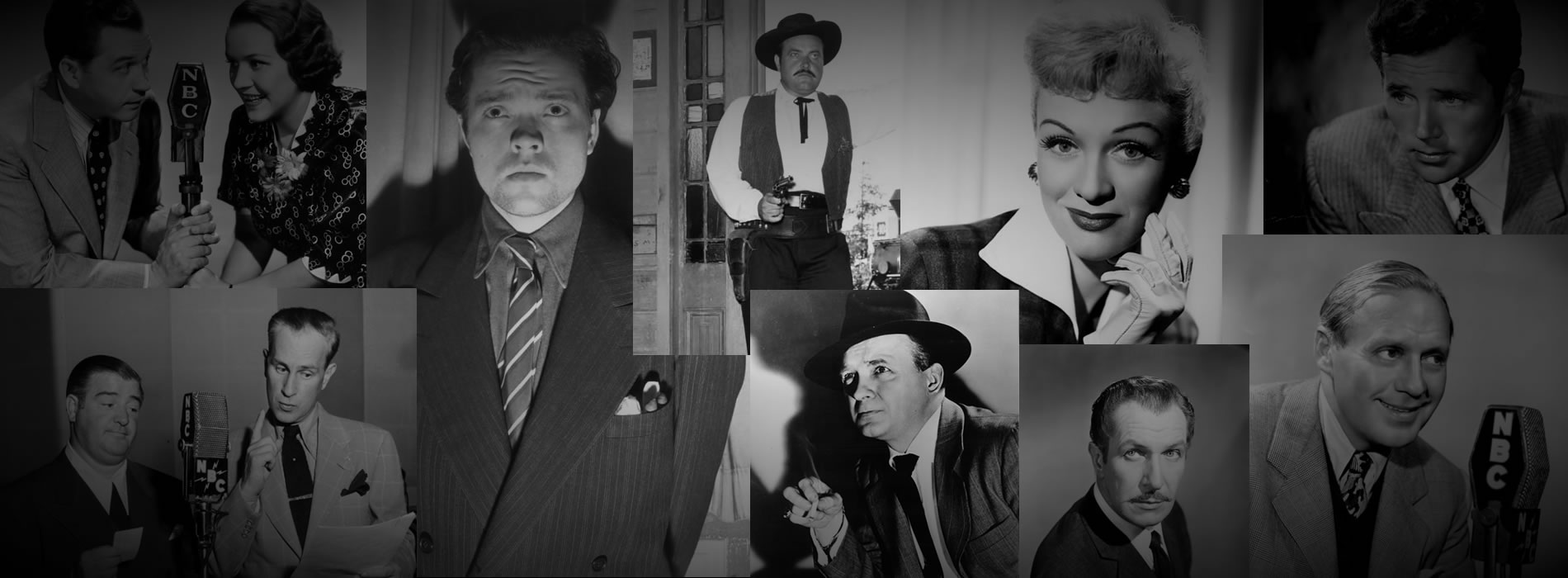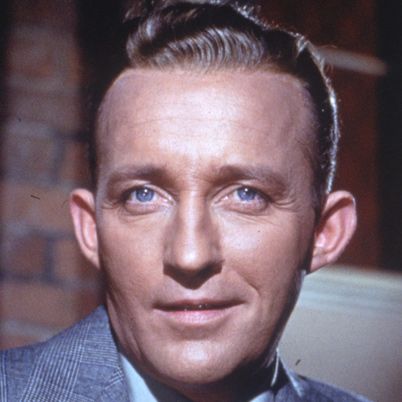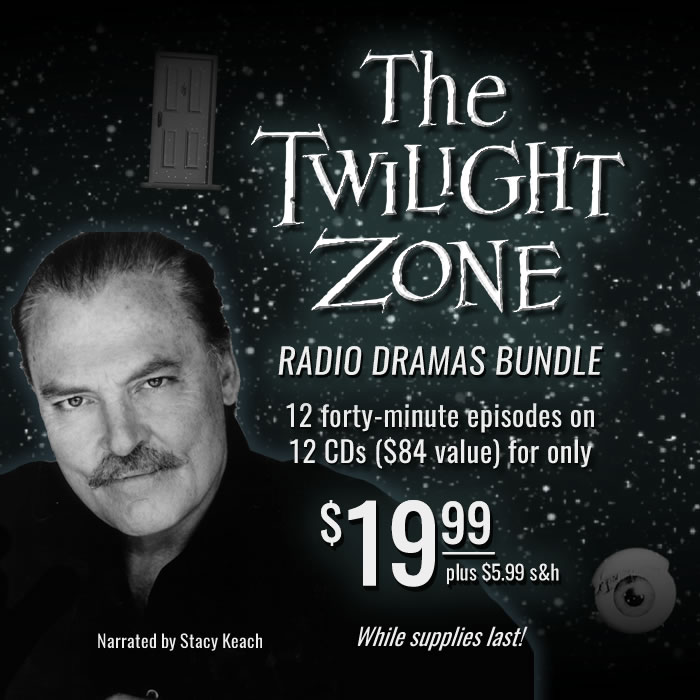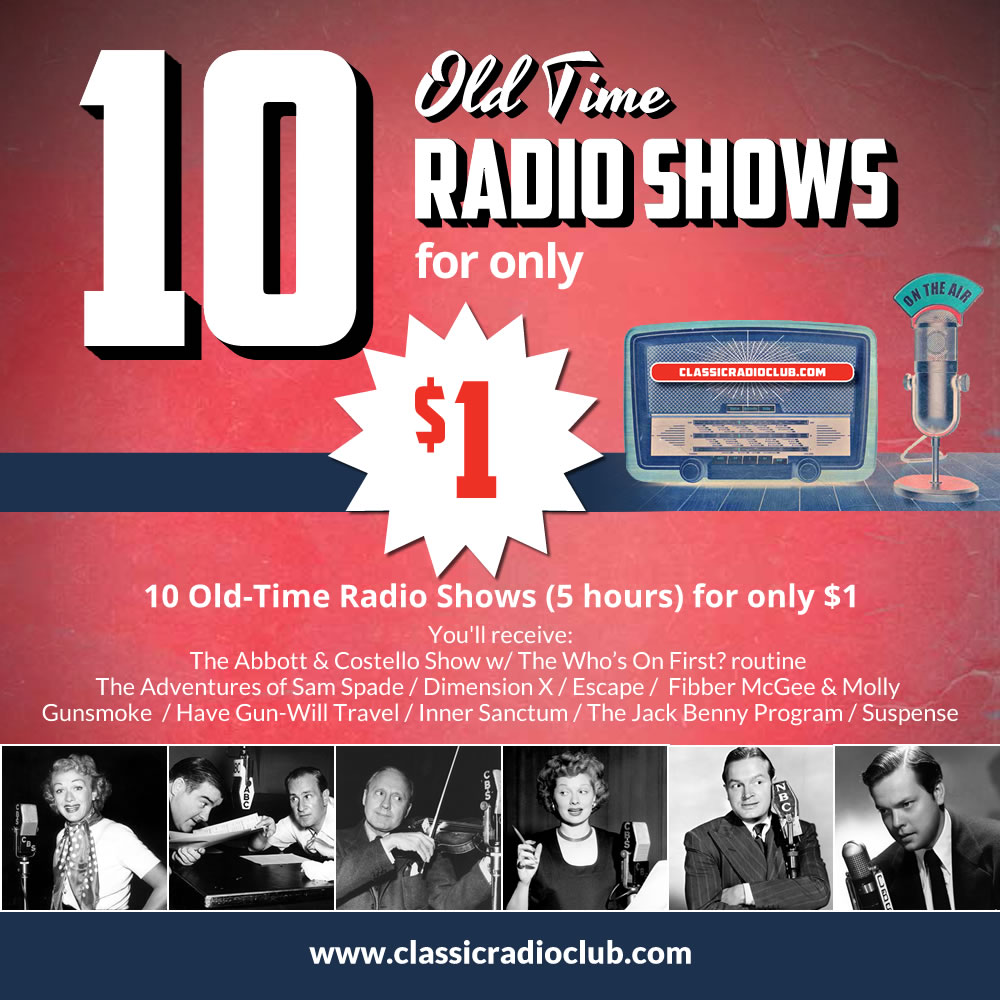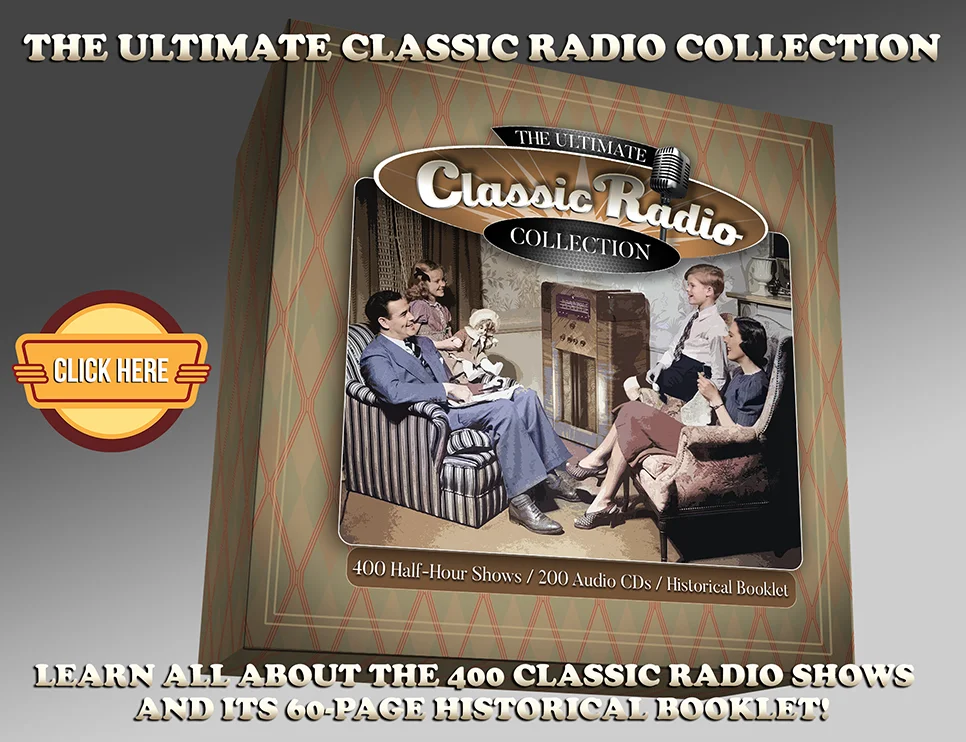
NEWSLETTER | VOL. 28, August 2023
Welcome to this month’s edition of The Hollywood 360 Newsletter, your place to get all the news on upcoming shows, schedule and interesting facts from your H360 team!
Carl’s Corner
by Carl Amari
Bing Crosby was “discovered” in June 1931 by William S. Paley, president of CBS, who was on a ship crossing the Atlantic. After listening to the crooner’s rich vocal chords on record, Paley had his second-in-command negotiate a deal for regular radio broadcasts before the voyage was over. Sponsors began expressing an interest and Crosby would soon become one of the hottest commodities at CBS.
Until his semi-retirement in 1958, Bing Crosby worked steadily on radio and had a sizeable number of chart singles over two consecutive decades. And, somewhat surprisingly, he was also responsible for changing the way radio programs were broadcast coast-to-coast. Sponsorship through multiple companies over the years led to revised formats from all-musical presentations to comic sketches. Among the most popular was The Kraft Music Hall, starring Al Jolson and the Paul Whiteman orchestra. Crosby soon replaced the long-standing Jolson and Whiteman as the weekly host and the crooner was given a free hand with the content. The Kraft Music Hall cemented Crosby’s relationship with his public. The show was jam-packed with entertainment: Crosby sung a song or two, participated in verbal banter with celebrity guests, and joined in on the fun with a comedy sketch.
Crosby’s radio success led Paramount Pictures to make The Big Broadcast (1932) and the studio quickly offered him a long-term contract. By one estimate, his movies were the most profitable in the studio’s history throughout the 1940s. In a number of Road pictures, Crosby and fellow radio star Bob Hope took potshots at one another – a successful comic device that carried over into their radio broadcasts.
Crosby’s biggest hit, and the best-selling record of all time by any artist, is “White Christmas.” It was written by Irving Berlin for the film, Holiday Inn (1942) staring Crosby along with Fred Astaire and Marjorie Reynolds. The first public performance of “White Christmas” was on Bing’s Kraft Music Hall radio series Christmas Day, 1941, a few weeks after the attack on Pearl Harbor. Crosby sang the song every year thereafter during the Christmas season.
In 1946, at the height of his career, the Oscar-winning Crosby demanded that his sponsor, Kraft, allow him to pre-record multiple radio broadcasts in a single day, rather than broadcasting “live” and on schedule week after week. Through shrewd investments, Crosby had become very wealthy, but made just $6 per radio broadcast after taxes. Kraft duly released Crosby from his contract and the singer invested his own money into a new recording system on Ampex reel-to-reel tape recorders. The entertainment industry quickly saw its potential and radio broadcasting forever changed. Now, free to record shows around his schedule, he starred in The Bing Crosby Show for sponsor General Electric. Crosby also appeared on radio for the Ford Motor Company in 1956 and then joined forces with Rosemary Clooney, staying on the air until 1962.
LEND ME YOUR EARS | THIS MONTH’S SONG: TIME FOR ME TO FLY by REO Speedwagon
RELEASED: 1978
by Lisa Wolf
Click here to watch on YouTube.
 “I literally just got a call from this mystery TV show – kind of a reality TV show – that the girl that I wrote Time for Me to Fly about went missing. Literally, went missing like, 30 years ago. And they were calling me. I declined to be filmed for the show.” ~ Kevin Cronin
“I literally just got a call from this mystery TV show – kind of a reality TV show – that the girl that I wrote Time for Me to Fly about went missing. Literally, went missing like, 30 years ago. And they were calling me. I declined to be filmed for the show.” ~ Kevin Cronin
“Time for Me to Fly” is a rock ballad released in 1978 by REO Speedwagon. The song was released on the album You Can Tune a Piano, but You Can’t Tuna Fish which became a major commercial success and catapulted the band to international fame.
REO Speedwagon, hailing from Champaign, Illinois, formed in 1967. Initially, their sound leaned towards hard rock, but they found their breakthrough in the 1970s and early 1980s with a more melodic rock style.
“Time for Me to Fly” was written by REO Speedwagon’s lead vocalist and primary songwriter, Kevin Cronin, and remains one of REO Speedwagon’s most recognizable songs. Beyond its initial success, “Time for Me to Fly” has stood the test of time and continued to resonate with listeners.
REO Speedwagon enjoyed several other hits throughout their career, including “Keep on Loving You,” “Can’t Fight This Feeling,” and “Roll with the Changes.” They have released numerous albums and have remained active in the music industry, touring and performing to this day.
REO Speedwagon’s “Time For Me To Fly” plays out in the very last scene of the final episode of the ABC sitcom “The Goldbergs.” The song plays as the family gathers together and imagines what the future will bring.
Dolly Parton also recorded the song for her 1989 album, White Limozeen. Click here to watch on Youtube.
In 2021, REO Speedwagon’s home state of Illinois used the song as “Time for Me to Drive” for a tourism campaign.

SAM SPADE ADVENTURES ON RADIO – PROMOTED IN COMICS
by Karl Schadow

Hollywood 360 Schedule
8/5/23
THE ADV. OF NERO WOLFE 3/2/51 The Case of the Nasty Will
THE LIFE OF RILEY 2/23/51 Tonsillitis
MR. SHADOW 3/1/42 Dead Men Tell
BOX THIRTEEN 1948 The Haunted Artist
WILD BILL HICKOCK 1/23/52 Revenge of the Red Men
8/12/23
THE ADV. OF MICHAEL SHAYNE 6/18/45 Investment in an Invention
MY FAVORITE HUSBAND 11/25/49 The Quiz Show
PHILO VANCE, DETECTIVE 4/12/49 The Green Girls Murder Case
SUSPENSE 12/16/48 No Escape
FRONTIER GENTLEMAN 6/29/58 Gambling Lady
8/19/23
FORT LARAMIE 1/29/56 Boatwright’s Story
OUR MISS BROOKS 9/4/55 Miss Brooks Takes a Vacation
JEFF REGAN, INVESTIGATOR 4/19/50 The Smell of Magnolias
THE BING CROSBY SHOW 3/21/54 w/ guest, Frank Sinatra
MURDER BY EXPERTS 8/8/49 The Dark Island
8/26/23 (repeat of 8/22/22)
THE SHADOW 4/6/41 Murder From the Grave
LIFE WITH LUIGI 3/4/52 Luigi May Lose His House
TALES OF THE TEXAS RANGERS 9/30/51 Death Shaft
THE CAVALCADE OF AMERICA 5/5/47 The School for Men
DAVID HARDING, COUNTERSPY 4/11/50 The Mile-High Murders
TO RECEIVE A WEEKLY EMAIL (EVERY MONDAY) WITH THE FULL 5-HOUR HOLLYWOOD 360 SHOW AND 40-MINUTE RADIO RARITIES PODCAST VIA DIGITAL DOWNLOAD LINKS THAT NEVER EXPIRE, CLICK HERE
© 2023 Hollywood 360 Newsletter. The articles in the Hollywood 360 Newsletter are copyrighted and held by their respective authors.

